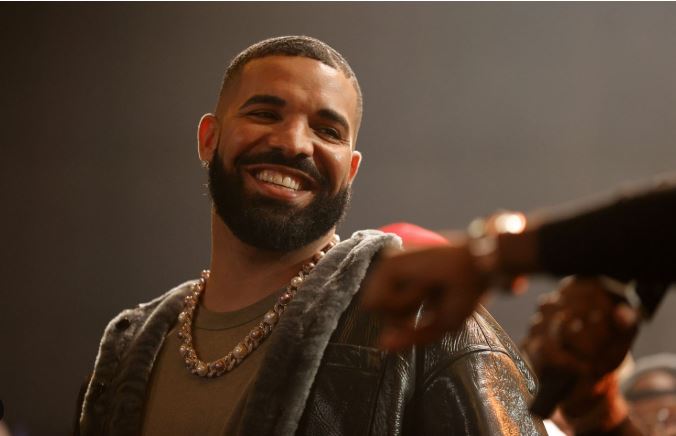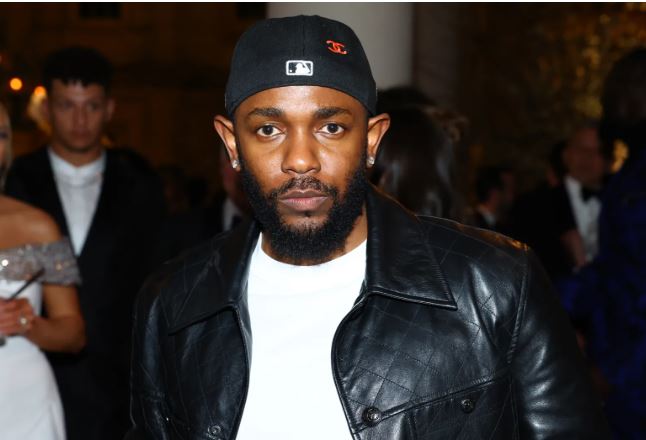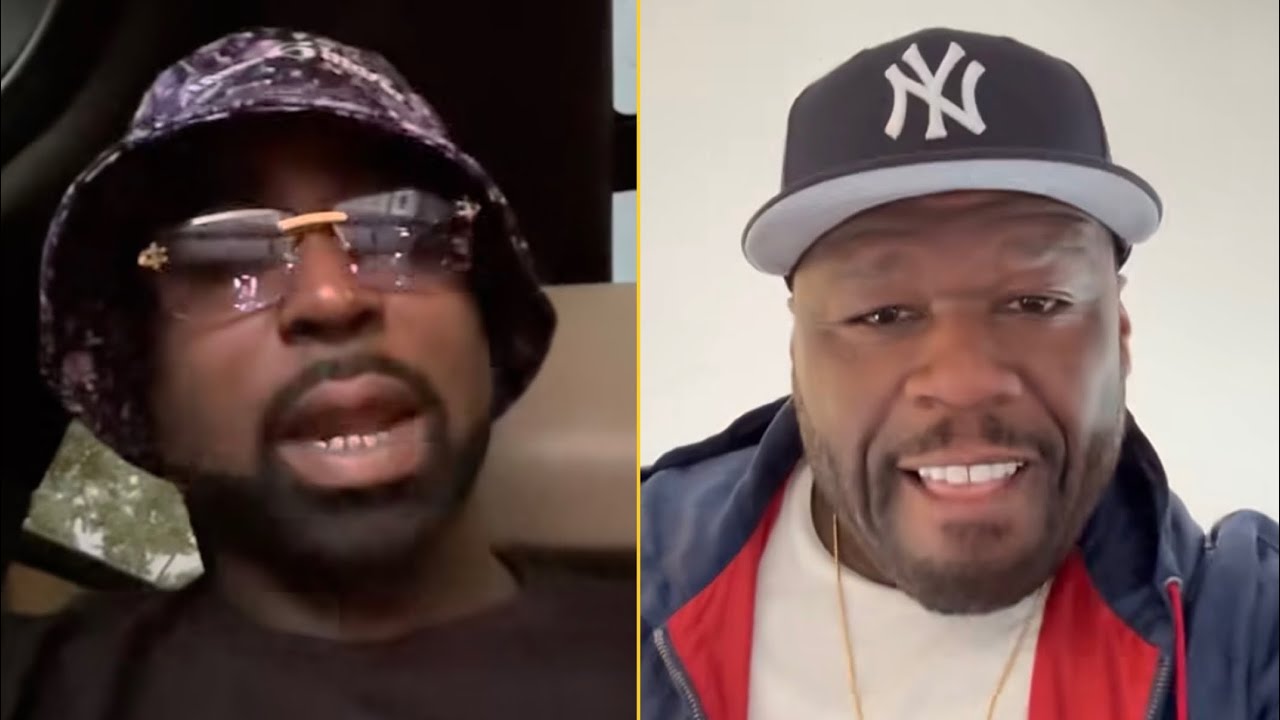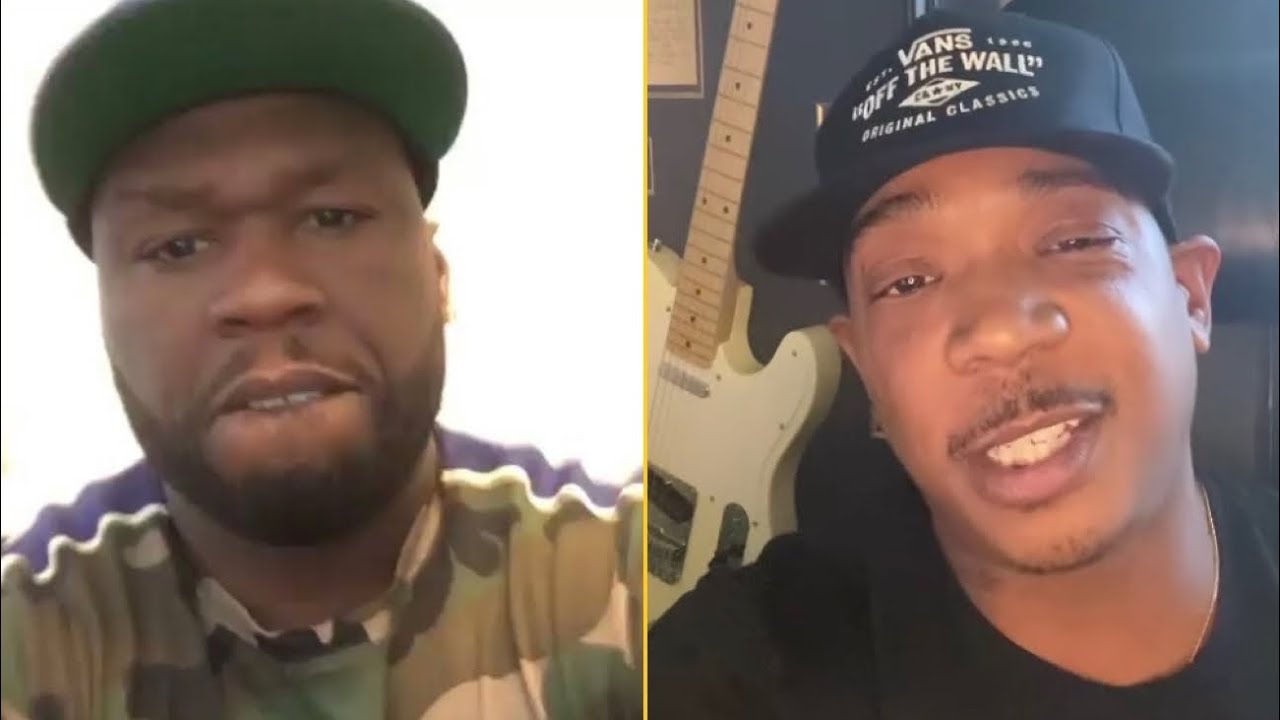**Drake’s Strategic Maneuvers Amidst Legal Turmoil and Kendrick’s Toronto Takeover**

In a whirlwind of events that has the music industry buzzing, Drake finds himself in the eye of a storm, juggling a high-profile lawsuit against Universal Music Group (UMG) while simultaneously trying to counterbalance the electrifying presence of Kendrick Lamar in his hometown of Toronto. As the drama unfolds, it appears that the Canadian rap icon is engaged in a calculated game of damage control, with all eyes on him as he attempts to steer public perception amidst rising tensions.
The legal landscape has become increasingly treacherous for Drake, as UMG recently filed a scathing motion to dismiss his defamation lawsuit, branding his claims as “baseless” and accusing him of cherry-picking anonymous comments to support his case. As the court prepares to respond, the stakes have never been higher for the artist, whose reputation hangs in the balance. This legal battle is not just a matter of dollars and cents; it’s a crucial test of credibility in a fiercely competitive industry.

Complicating matters further, Drake has chosen to go live on a streaming platform with popular content creator Kaisenat on June 12, the same day Kendrick is set to perform in Toronto for two consecutive nights. This strategic timing raises eyebrows and fuels speculation that Drake is attempting to divert attention from Kendrick’s monumental show—an event that symbolizes a cultural shift in the ongoing rivalry between the two artists. The optics are striking: while Kendrick takes the stage in front of a sold-out crowd, Drake opts for a digital presence, a move that some interpret as a sign of insecurity.
The live stream is not merely a promotional effort for Drake’s new single, “Somebody Loves Me”; it serves as a potential lifeline amid a brewing storm. By engaging directly with fans through Kaisenat’s platform, Drake aims to regain control of the narrative, projecting an image of confidence and accessibility. However, the timing of this live stream—initially scheduled for the day before Kendrick’s concert—suggests a calculated pivot to reclaim the spotlight. As Kendrick’s performance looms large, Drake’s decision to go live feels less like a celebration of new music and more like a public relations maneuver designed to quell rising concerns.

Adding another layer of complexity, Kaisenat himself was mentioned in Drake’s lawsuit against UMG, where the rapper accused the label of allowing content creators to monetize reaction videos of Kendrick’s diss track, “Not Like Us.” While Kaisenat clarified that he is not being sued directly, the fact that he was dragged into this legal narrative raises questions about his role in Drake’s strategy. As he prepares to stream with the rapper, one can’t help but wonder if he’s aware of the manipulation at play or if he views this as an exciting opportunity to collaborate with a music titan.
As the clock ticks down to Kendrick’s highly anticipated performance, the stakes for Drake are undeniably high. The live stream could serve as a double-edged sword; while it offers a platform for him to connect with fans, it also risks appearing as a desperate attempt to overshadow Kendrick’s moment. The dynamics of this rivalry are palpable, and with UMG’s aggressive legal stance looming in the background, Drake’s every move will be scrutinized.

In a world where perception often trumps reality, Drake’s decision to engage with fans digitally while Kendrick dominates the stage raises critical questions about the nature of celebrity and the lengths to which artists will go to protect their public image. As the drama unfolds, one thing is clear: the battle for cultural relevance continues, and the outcome remains uncertain. Will Drake emerge unscathed, or will Kendrick’s triumphant return to Toronto solidify his position in the ongoing rap narrative? Only time will tell, but for now, all eyes are on these two titans as they navigate the complexities of fame, rivalry, and the relentless pursuit of legacy.





